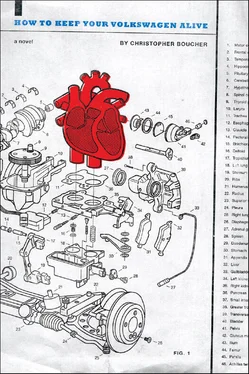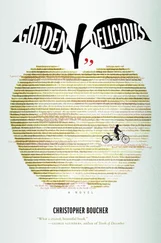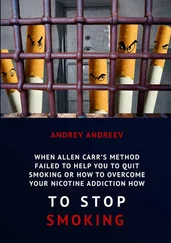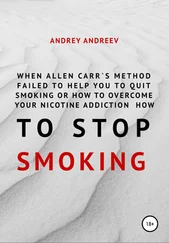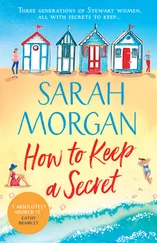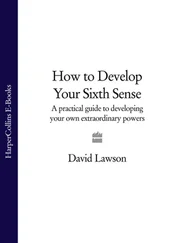There are positives and negatives with this kind of travel. Driving through music is exciting, first, because you can see things you’d never see on sidestreets: double-timed Veggienotes, racing codas, rests restocitating at sidestops on the shoulder. Plus, all money loses value — it must, by virtue of the fact that you’re traveling through a specific measure at a speed unique to you and your vehicle. In many ways that’s a good thing; you can relax, there’s no need to worry. It doesn’t matter how fast or slow you drive; you’ll get there when you get there!
For the very same reason, though, music is an inefficient way to travel. A big reason for this is the fact that notes/characters are finite — once they die, that is, you can’t go back through them. If you’ve gone more than a few measures it’s impossible to turn around. You have to see the story through, however long it takes. Plus, there are mistakes made all the time — tunes sent at random, or directed to one person and unknowingly read by another.
One time, for example, the VW and I were tracking a story for the Wheel when we picked up a storytune — a swooning dirge — that wasn’t meant for us. The maul was sent by a woman whose mother had died just minutes before. She’d intended to target her husband, a long-haul truck about a half-mile behind us, but in her grief she’d picked us up instead.
The VW and I didn’t know any of this at the time, of course — we picked up the song, realized we were on it, and followed it. After some time — it’s hard to say how long — we arrived at the ledge of a window on a high floor of a hospital; the final chord twisted right up to the glass.
The poor woman drifted over and opened up the window. Her face was a spiral staircase. Her eyes attacked mine. “You’re not Gary,” she said.
“No,” I said. I immediately understood what had happened. “I’m not.” I looked past the woman at the window. There was a dead body — that of an old woman, nearly bald — in the hospital bed.
I quickly turned the VW around and we drove back the way we came, passing the truck on our way out. By now I’d almost certainly missed my assignment. Plus, this trip had left the VW low on stories and we had a long way to go before we made it back. So I had to power on the spot, which I hated.
We raced back through the song, knowing full well that the first plot points were probably dead. We were able to make it back through the fourth chorus and the third verse, but then we hit traffic — VeggieCars, bioleggers and Volkswagens as far as I could see. I tried to look past them — was that the end of the chapter up there?
As we slowed to a crawl I grew anxious — I was gripping the wheel with my hands and custom-swearing.
“Dad,” the VW said. “What’s the problem?”
“My job is the problem,” I said. “I’m missing the story — who knows how much money is passing outside this tune?”
Soon we saw why the traffic was backed up: A VeggieCar had hit the edge of a note — trying, as we all were, to make it back. The car was crushed — there were bits of VeggieEngine all over the place — and two CityDogs were loading an older woman on a stretcher into an ambulance.
Past the crushed car was another CityDog, diverting traffic onto a detour tune — one set up to get the stranded passengers back to western Massachusetts via a different premise. We followed the detour until we could see the definite break in the sky where the fluorescent song ended and the looming Route 9 began again.
I didn’t get back to the Wheel until about four in the afternoon. When I walked into the office I saw Louise, standing at my desk with her arms crossed. “Where the hell have you been?” she cheesed.
“Wrong story,” I said. “We got lost.”
“For two weeks?” she said.
I held my hands out to her. “There was an accident,” I said.
RED LIGHT ON!
PROCEDURE
You have come to this chapter because the red light on the dashboard is burning — because the VW is asking for something and you need to know what. The red light is the Castaway Light; if it goes on, it’s time to get onto Route 5 and head out to Whately. You’ll know you’re close when you see a field of Troubadourians grazing in a field to your right and the Antiquarian on your left. Then the road will whistle low. About a mile down the road, you’ll see the pink and white moor of the Castaway.
The VW loved so many places in western Massachusetts — the Prayer Wheel, the Mill, the Moan — but none so much as the Castaway. This wasn’t just a fun cove to undrive; it played an essential role in the overall motion for my son, in the connecting of one thread to another. I suspect the same is true for your car. Do you see, behind the wrap of Northampton, the tune-souled road that runs by two bookstores? Follow that road until you see the sequined coils of the Castaway. You can’t miss it!
Inside the Castaway, you’ll find men and women drinking the Promise of Beer at small, wooden tables while watching the ideas take off their clothes. I’ve seen an oven take off its bikini slow, a cactus saunter through the tables in a mini-skirt and tube top, the Memory of a hanged slave throw his overalls into the crowd.
You can see, as you sit at the bar, that the Castaway is not only about faith — though plenty of faith occurs — but also about revision , about moving from one draft of the Volkswagen to the next. Each of us has several skins. Say we could have found the time to sit at the bar together, you and I. And let’s say we saw one of the Castaway regulars — the toaster, say — step up on stage and take off her clothes, as she does at least once a week. She strips to encourage faith — a reader’s faith — but also to be free. You would see that underneath her clothes, the toaster is a wooded backyard in the moonlight. You see? It’s neither the sweet music nor the driving beer that prompts the Castaway; it’s the fact that an overworked toaster can unplug from the wall, lift her shirt and reveal a thicket of trees.
Drink enough Memories of Beer, though, and everything will quiet down for you. Then you’ll hear it — that one noteinside your chest that you know is real, the one that no one can buy, steal or retune.
THE STORY
There are many wires that head back to the Castaway, but this one, which takes place much later — in 2005, actually — is certainly the thickest and most traveled.
Inside the Castaway that night, the air was rich with narrative and all of the stories were saying the same thing. The posters on the wall yelled insults to one another while a group of instruments set themselves up in the corner and two white plastic cups danced on stage.
It’s worth pointing out, incidentally, that everyone I’ve ever taken to the Castaway — my brother, my son, the Chest — has managed at one point or another to secure themselves at least a little bit of faith there. But not me. Every time I tried — sitting down next to a lonely airport lounge and trying to heat up a conversation; suggesting to a stereo that we take a walk outside — it turned sour. I believed and they didn’t. There was something about me — either I wasn’t attractive enough, or I lacked confidence, or they could see something in me that I myself couldn’t see.
That night, my son went to sit by the stage with a MemoryBeer and I tried to find a seat at the bar. In a few minutes one opened up and I sat down and ordered the darkest Memory on the wall. As I drank it, I looked around at the people huddled on the stools; almost every one of them was a no-face or misface, men and women for whom things had gone wrong.
Читать дальше
